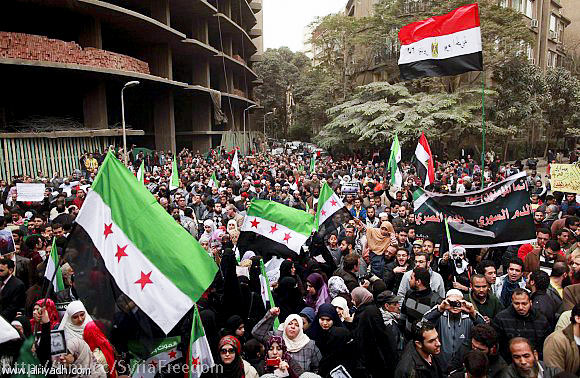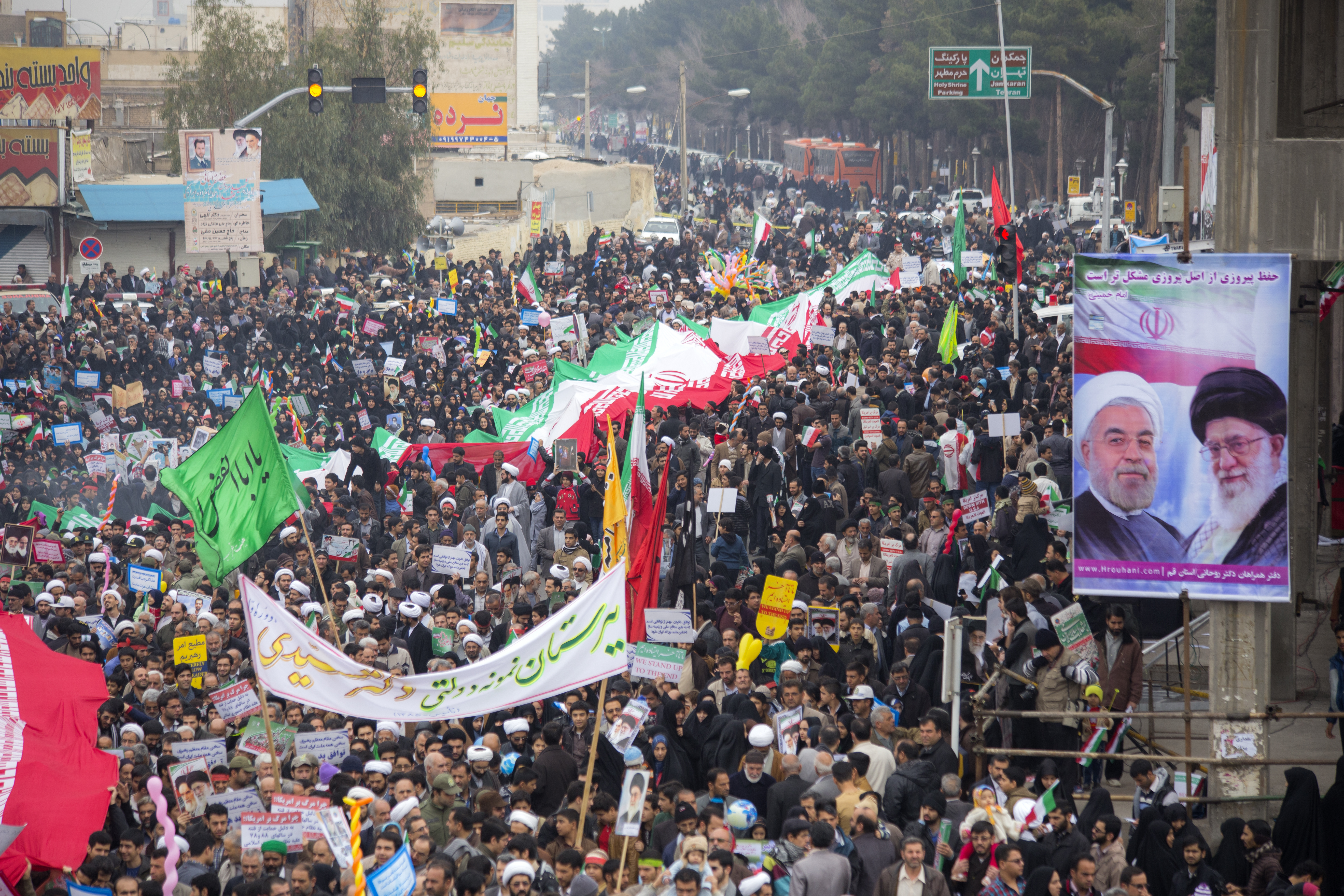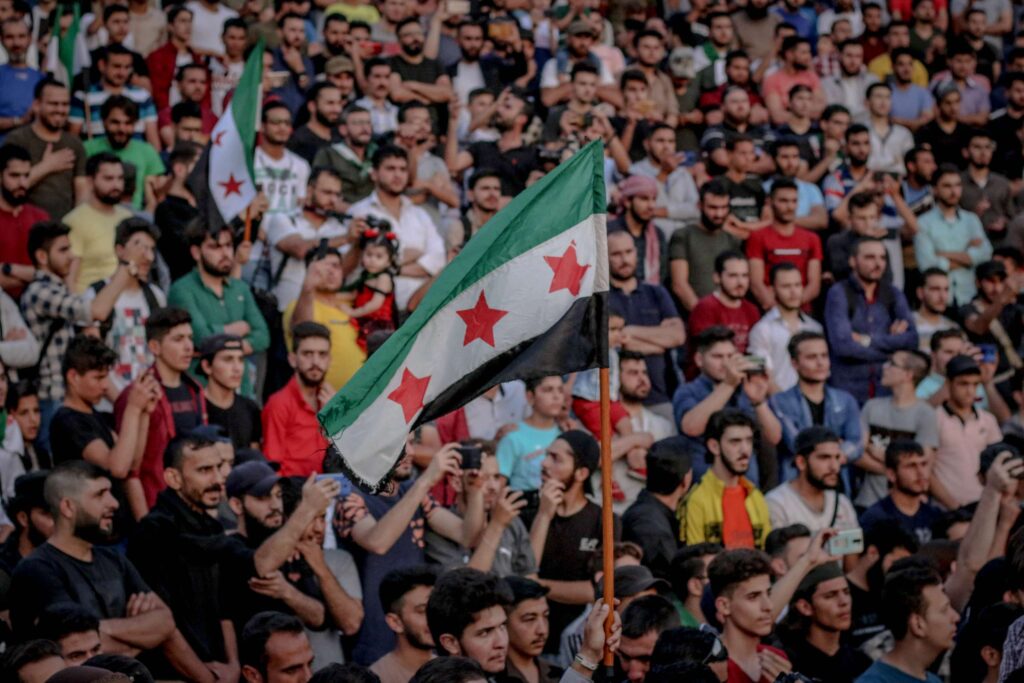Since March 2011, political instability in Syria has influenced the Iranian regime to spend over $100 billion USD to keep Bashar Hafez al-Assad in power and push forward with investment in Syria. Many academics and political spectators have argued that Iran gains absolutely nothing by investing so much into the Assad regime and the ongoing conflict, but that isn’t entirely true. It is correct to point out that Iran is haemorrhaging billions in an arguably questionable manner, but this rather strategic insertion in another Pariah State’s affairs is clever, to say the least. Iran in this sense is a political opportunist, by implementing these policies and specific courses of action they benefit economically, ideologically and strategically. Here are some of the reasons how.

Political intervention is no new phenomenon, we have seen it with the United States of America and Chile (and nameless others); Russia and Ukraine; Mali and France; and the United Kingdom and Sierra Leone. Although the optics of intervention usually appear to be positive, one shouldn’t ignore the ulterior motives of the parties involved. In Iran’s case, they aren’t only benefiting politically, but economically from direct investments and business deals across Syrian sectors which include farming, mining, telecommunications, and energy. One of the most lucrative opportunities to date is the permission to build and host mobile phone networks across the country, which allows communications in Syria to be under surveillance by the Iranian government.
Real Estate is another industry that Iran has managed to tap into. Syrian law currently does not allow foreign citizens to own nor buy any real estate, but Iran seems to have exclusivity in this area. Real estate transactions across Syria by Iranian nationals have increased significantly, granting Tehran a considerable amount of power and influence over its neighbour in the long term. Such investments in the sector appear to be done not only with Bashar Assad directly, but with many Shiite militia groups. With a majority of of the real estate are located near Shiite religious grounds, such as the Ruqayyah and Sayyidah Zaynab shrines in Damascus.

Iran has encouraged local partners to acquire land and real estate in Damascus and Homs – both of which are strategic logistic nodes in linking Syria to Lebanon. It is important, however, to note that it is too early to measure the impact of the Iranian land acquisition strategy, as in many cases attempts to buy real estate have sparked anti-Iran sentiments within the local population.
A major component of Iran’s strategy is the acquisition of land and real estate, which Tehran hopes will allow it to benefit when the war ends, with or without Assad at the helm. For instance, Iran has asked the Syrian regime for large concessions in Daraya, the old city of Damascus, Seit Zeynab and Aleppo. Thus far Iran has mostly relied on Syrian intermediaries to purchase real estate. Tehran has also relied on Syrian associations such as Jaafari, Jihad Al-Bina, the Al-Bayt Authority and ’the Committee for the Reconstruction of the Holy Shrines’ to expand and acquire new land in or near the holy sites around Damascus, Deir EzZor and Aleppo. Tehran is also reportedly changing the demographics, for instance by repopulating some areas with Shiite families from Hezbollah and other militia groups in an attempt to consolidate its influence in Syria for the long term, as well as to bolster Assad’s rule. Ideologically speaking, the Iranian regime is more forcefully and easily exporting its revolutionary principles via its non-military and military presence in Syria. The Islamic Azad University is planning on opening new branches in Syria, while Tehran has been building Shiite mosques and investing in expanding Shiite shrines across Syria.
Even though there has been quite a significant de-escalation of hostile activity following the victory of Assad’s regime in Syria, the country’s political and economic climate still remains very uncertain. Millions of Syrians have fled their homes and found refuge in neighbouring countries, hundreds of thousands of citizens have been killed and unlawfully detained, and national infrastructure has been damaged to the extent that its rehabilitation cannot be completed without international efforts.
Many international actors believe that, with the help of Russia and Iran, the regime of Bashar al-Assad has overcome the military threat posed by opposition forces. The US and EU now see an opportunity to induce behavioural changes in the regime by leveraging financial support for the reconstruction process. Meanwhile, Russia wishes to see the international community offer support, without conditions for Assad to step down, in exchange for the regime’s involvement in stabilizing the country and the region. At the same time, Damascus is gearing up for a phase of reconstruction and stabilization by enacting new legislation, reinforcing its security and military apparatus, and endorsing new middlemen and businessmen to lead future reconstruction efforts.
Despite the ongoing press regarding Iran’s investment in Syria, Iran does not have any investments with a significant economic return in the country. Researcher, Younes al-Karim, recently spoke about how the investment strategies of Iran and Russia differ greatly, the Russians depending on direct ready-to-invest projects, whilst the Iranians have adopted an investment strategy that focuses on the formation of the popular base, mainly the poor, as a result of Russian expansion.
Even in the midst of the Syria civil war, Iran’s economic influence in Syria has exponentially increased contrary to common perceptions. In the long-term, if the Syrian war ends with Assad or without him, Iran would be the most dominant player in Syria economically and geo-politically.


